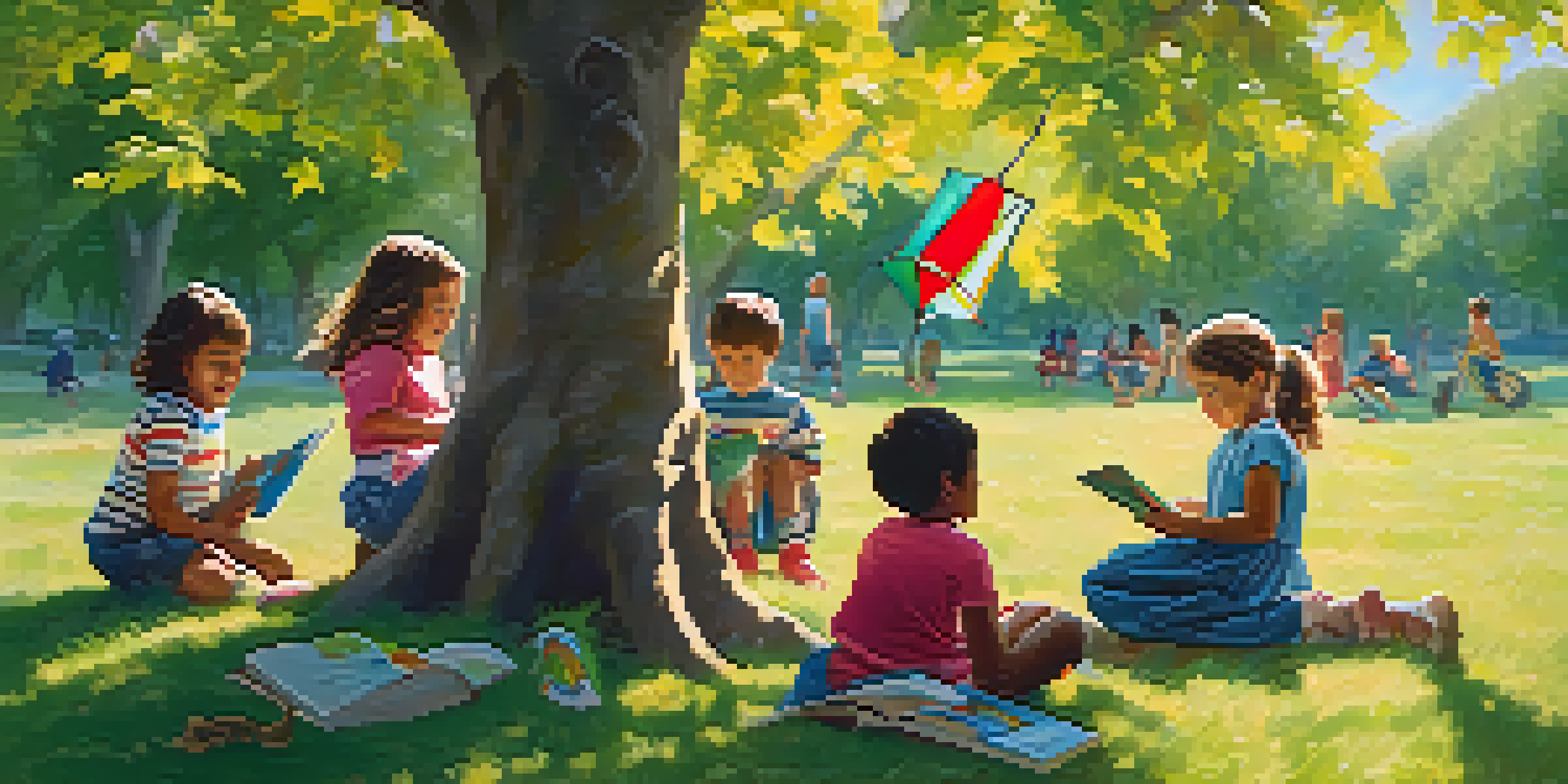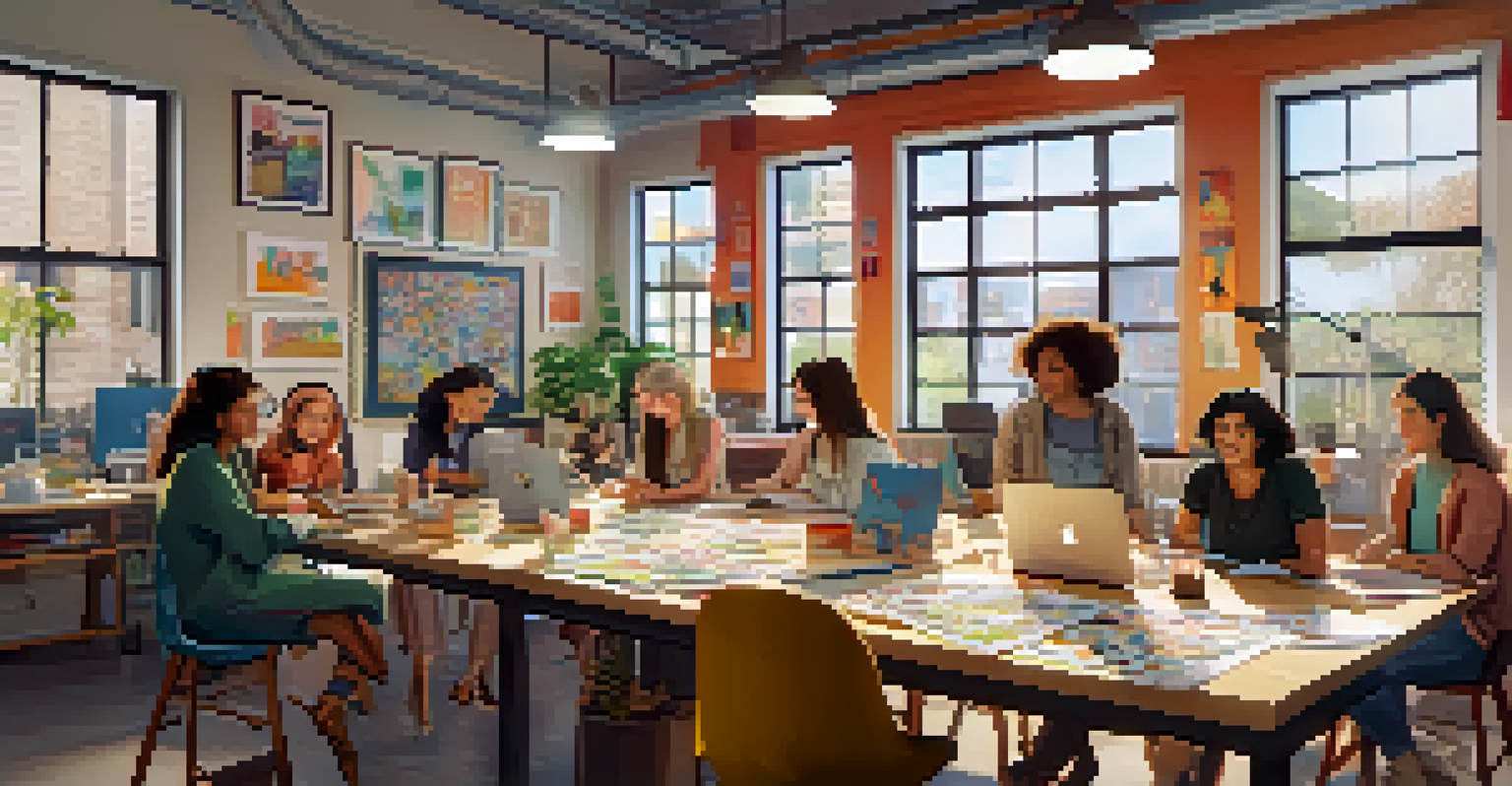Portrayal of Gender in Animated Films: Progress and Pitfalls

The Shift in Gender Representation in Animation
Animated films have historically portrayed gender in very stereotypical ways, often relegating women to passive roles and men to heroic ones. However, recent years have seen a significant shift in this portrayal, with many filmmakers striving to create more nuanced characters. This change reflects broader societal movements towards gender equality and representation, offering viewers a richer variety of stories and perspectives.
Animation is a medium, not a genre. It can be used to tell any kind of story, and it should reflect the world we live in, including its complexities around gender.
For instance, films like 'Frozen' and 'Moana' present female characters who are not only strong but also complex, with their own goals and journeys. These characters break the mold of traditional princesses, which is a refreshing development in the genre. This evolution in storytelling is not just about female representation; it also allows male characters to express vulnerability and emotional depth, challenging the conventional masculine archetype.
While this progress is commendable, it’s essential to recognize that not all animated films have embraced this change. Many still rely on outdated stereotypes, reinforcing harmful norms. Thus, while there are positive strides, the journey toward equitable representation in animated films is ongoing.
Key Examples of Progress in Animated Films
Several animated films have emerged as champions of progressive gender representation, showcasing diverse narratives. For example, 'Inside Out' portrays emotions as characters that are neither strictly male nor female, emphasizing that feelings are universal. This approach encourages audiences to embrace their emotional complexity, regardless of gender.

Another significant example is 'The Incredibles,' which features a strong female superhero, Elastigirl, who balances her family life with her career. This duality reflects the real-world challenges many women face, making the character relatable and inspiring. Such representations challenge the notion that women must choose between career and family, promoting a more balanced view of gender roles.
Progress in Gender Representation
Animated films are increasingly featuring strong, complex female characters while allowing male characters to express vulnerability.
These films not only entertain but also educate audiences, especially younger viewers, about the importance of gender equality. By presenting characters who defy stereotypes, they pave the way for a future where everyone can see themselves as heroes in their own stories.
The Role of Female Creators in Shaping Narratives
The involvement of female creators in animation has been pivotal in changing the portrayal of gender. Directors, writers, and animators bring their unique perspectives, resulting in richer, more authentic stories. For example, Jennifer Lee, co-director of 'Frozen,' has emphasized the importance of creating strong female leads who drive the narrative.
We need to see more diverse voices and stories in animation to truly reflect the richness of our world.
Female-led projects often prioritize character development and relationships over traditional plot devices, which can lead to more relatable stories. This shift not only diversifies the types of stories told but also encourages young girls to dream bigger and aspire to roles beyond societal expectations. When girls see characters like Anna and Elsa, they recognize that they, too, can be leaders and adventurers.
However, it's crucial to continue supporting female creators in the industry, as their voices are essential for true representation. Increasing the number of women in key creative roles can help dismantle the stereotypes that have long been present in animated films.
The Impact of Cultural Context on Gender Representation
Cultural context plays a significant role in how gender is portrayed in animated films. Different cultures have varying norms and expectations for gender roles, which can heavily influence storytelling. For instance, Japanese anime often presents strong female characters, but they may still be depicted through a lens of traditional femininity, reflecting cultural values and expectations.
Additionally, Western animated films may prioritize individualism and empowerment, leading to different portrayals of gender. Movies like 'Wonder Woman' and 'Brave' showcase female strength but can sometimes fall into the trap of hyper-feminism, which may not resonate with all audiences. This highlights the importance of context in understanding character development and representation.
Impact of Female Creators
The involvement of female creators in animation is crucial for developing authentic stories that inspire young viewers.
Ultimately, recognizing and respecting cultural differences in gender portrayal can lead to more inclusive storytelling. By showcasing a diverse range of experiences, animated films can enrich the global conversation around gender roles.
The Challenge of Stereotypes in Children's Animation
Children's animation is often criticized for perpetuating gender stereotypes that can shape young viewers' perceptions. Many classic animated films feature clear-cut roles where boys are brave and adventurous while girls are nurturing and passive. These portrayals can limit children's understanding of their potential and reinforce outdated gender norms.
For example, films like 'Cinderella' and 'Sleeping Beauty' often emphasize beauty and the importance of finding a prince, which sends a message that a girl's ultimate goal should revolve around romance. This can discourage young girls from pursuing their ambitions outside of traditional roles. In contrast, new films are working to provide alternative narratives, emphasizing that girls can be heroes in their own right.
Addressing these stereotypes requires a conscious effort from creators to develop stories that highlight diverse experiences and challenge norms. By creating characters that embody strength, intelligence, and independence, animated films can inspire children to break free from societal expectations.
The Influence of Audience Reception on Gender Portrayal
Audience reception plays a crucial role in shaping the portrayal of gender in animated films. Viewers today are more vocal about their preferences and expectations, advocating for greater representation and authenticity. This shift in demand encourages filmmakers to rethink how they approach character development and storytelling.
For instance, the overwhelming positive response to female-driven narratives has prompted studios to invest more in stories featuring strong female leads. The success of films like 'Frozen' and 'Wonder Woman' demonstrates that audiences appreciate and support diverse representations. This feedback loop can lead to a significant change in the types of stories being told.
Cultural Context Matters
The portrayal of gender in animation varies across cultures, influencing how stories are told and received globally.
However, it’s important for audiences to continue voicing their opinions and supporting films that promote gender equality. By choosing to watch and promote films that challenge stereotypes, viewers can influence the industry and encourage more progressive portrayals of gender.
Looking Ahead: The Future of Gender Representation in Animation
As we look to the future, the portrayal of gender in animated films holds great potential for further evolution. The industry is slowly recognizing the need for diverse voices and stories that reflect the complexities of real life. This shift could lead to a new era of animated films that prioritize authenticity and representation.
Emerging technologies and platforms also present opportunities for diverse storytelling. Streaming services, for instance, are creating space for independent films and series that explore a broader range of gender experiences. This democratization of content allows for voices that have traditionally been marginalized to share their stories.

However, it's essential to remain vigilant and continue pushing for progress. By encouraging studios to embrace diversity and inclusivity, we can help ensure that future generations are presented with a wide array of narratives that empower and inspire.